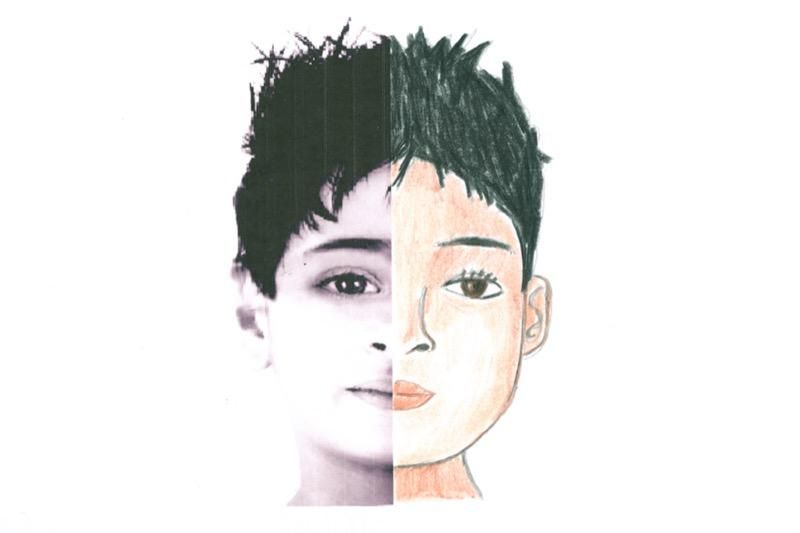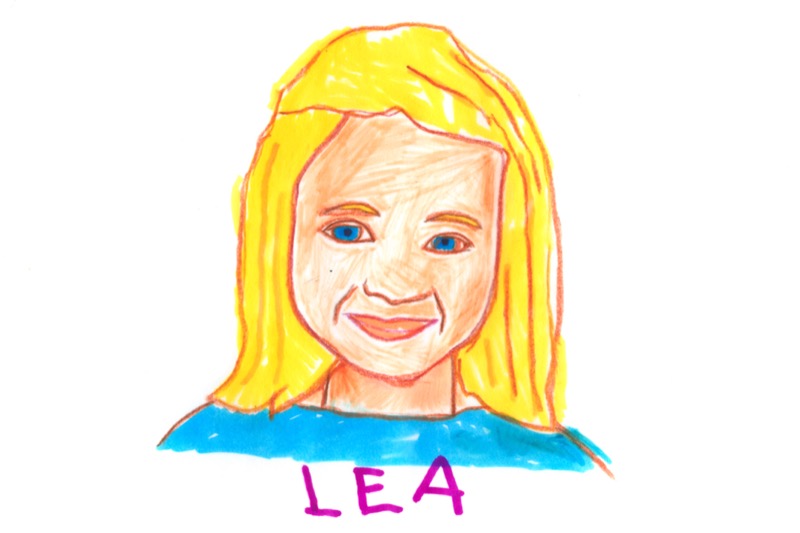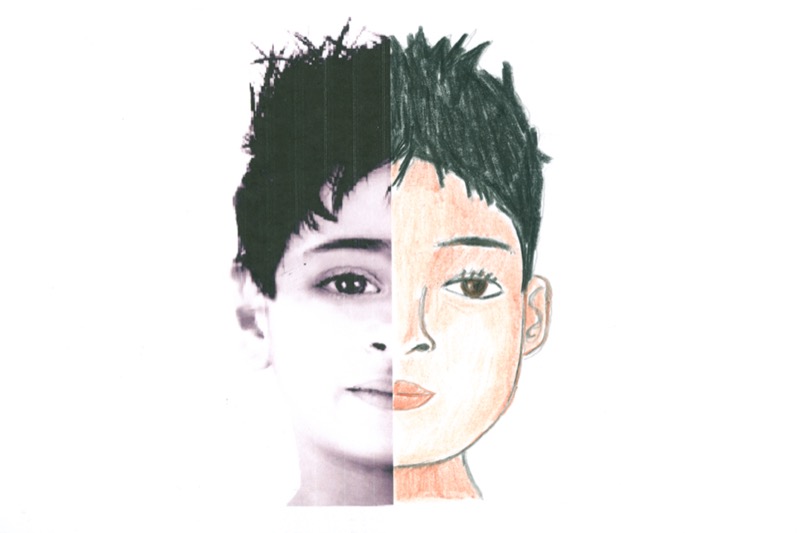Background and analysis of the painting
Background
The Italian "Cinquecento", or the start of the 16th century, was certainly the height of the Renaissance in artistic terms. In the span of 20 years, the city of Florence saw a series of talented artists including Leonardo de Vinci, Raphael and Michelangelo.
After taking his first steps in painting in Perugia with a master named Pietro Vanucci, better known as "Perugino", Raphael moved to Florence when he was 21 years old. It was there that Leonardo de Vinci and Michelangelo took him under their wing to continue his teaching.
Four years later, he left for Rome, specifically the Vatican, where he was tasked with decorating its rooms. During a period of intense activity, he was chosen by the Pope to work on the construction site of Saint Peter's Basilica in Rome.
Suffering from ill health and afflicted by malaria and severe fevers, Raphael died at the age of 37, just after finishing the painting which undoubtedly remains his most beautiful masterpiece: the Transfiguration, a monumental work that symbolises his entire career as a painter.
As a tribute to his accomplishments as a painter, Raphael was entitled to a magnificent funeral before being buried in the Pantheon of Rome.
Analysis of the painting
1. Form
Raphael's "Self-portrait" is an oil painting on board, 46.5 x 33 cm in size.
It was painted between 1504 and 1506 and can now be admired in the Uffizi Gallery in Florence. It is nowadays accepted that it is a self-portrait of Raphael, his head and shoulders depicted in a dark robe and hat.
2. Technique
A little of the softness seen in Perugino's models, a touch of Michelangelo's technique modelling the body, a dash of Da Vinci's "sfumato" to blur the contours... Imitating his peers by retaining only what is useful, Raphael applied this principle across all of his work.
Raphael also makes a point of using the drawn lines as much as he does the colour, always seeking precision in establishing the vanishing point, the key to proper perspective.
His style as a whole - controlled, graceful and harmonious - greatly influenced 19th century Western painting.
3. Meaning
Like most of his pictorial works, Raphael's "Self-portrait" asserts itself as a quest for perfect beauty. It is a true ode to all the serenity and intensity that youth may possess.
As in his famous "Madonnas", Raphael distils notes of simplicity, softness, seriousness and balance within his "Self-portrait", making it a true masterpiece.
4. Usage
Although he did not often portray himself in his paintings, Raphael possessed a rare beauty that contributed to his fame.
His "Self-portrait" has been passed from owner to owner and acquired a highly symbolic value since being featured on the 500,000 Italian lira banknote up until 2002, the year the euro was adopted.



